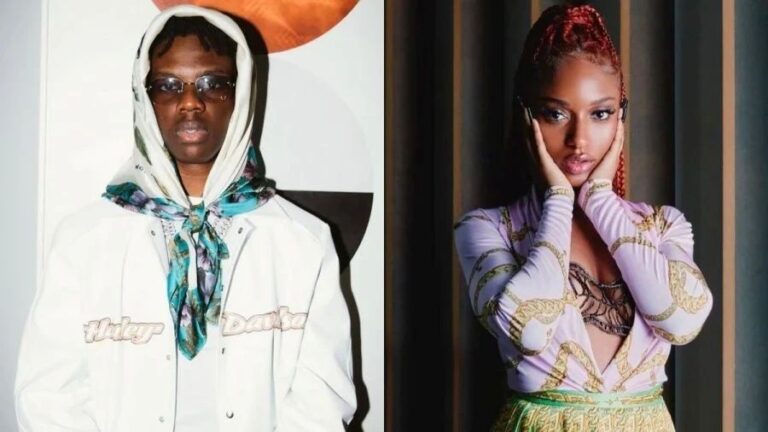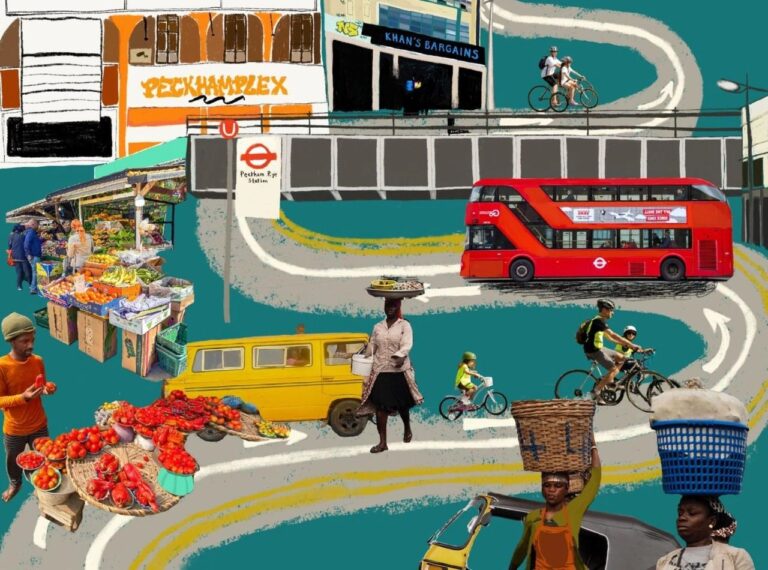Traditional African Hairstyles and Their Origin
Traditional African hairstyles are diverse and rich in cultural significance. Each region and ethnic group in Africa has its own unique styles and traditions. These hairstyles often serve as a form of self-expression, cultural identity, and even social status. While some of these styles might be extinct, many remain peculiar to their origins. Today, many of these styles have been exported to the Western world.

- Himba Dreadlocks
The Himba people of Namibia and Angola have a distinctive hairstyle that is coated in a mixture of ochre, butterfat, and herbs. The red hue of the mixture is believed to have both cosmetic and protective purposes.

The Himba braid their hair into intricate patterns and apply the mixture to the braids. This practice serves as sun protection and a natural insect repellent. The hairstyles of Himba women change with different life stages, with married women typically having more braids than young girls. The number and positioning of the braids can indicate a woman’s age, marital status, and social role within the community.
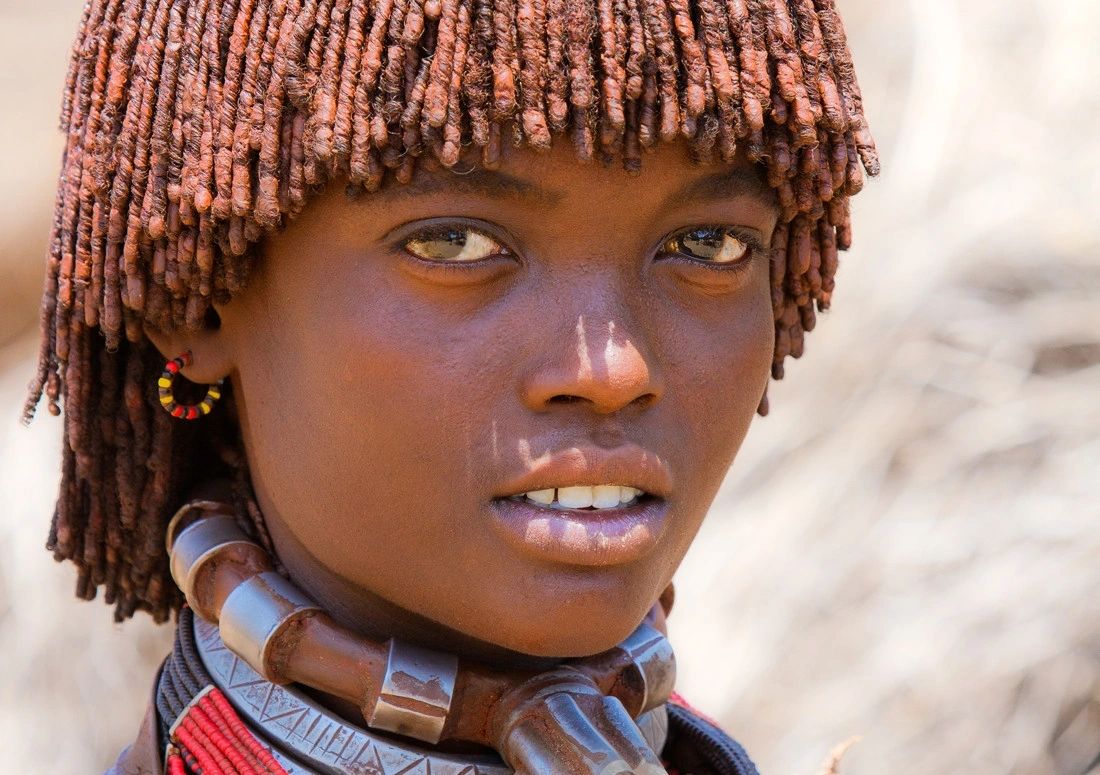
- Bantu Knots
Bantu knots are a popular African hairstyle that originated among the Zulu people in South Africa. It is also popular among various Bantu-speaking ethnic groups in Southern and Central Africa.

The people of Rwanda, both Tutsi and Hutu, wear a traditional hairstyle called the amasunzu. This hairstyle is characterised by two buns placed on each side of the head, which are created by tightly braiding the hair into coils and wrapping them around each other. The amasunzu was worn by both men and unmarried women to indicate to potential suitors that they were of marriageable age and single.

- Fulani Braids
Fulani braids, also called Fulani cornrows or tribal braids, is an exclusive and culturally significant hairstyle linked to the Fulani people. The Fulani people are an ethnic group primarily concentrated in West Africa, particularly in countries like Nigeria, Senegal, Mali, Guinea, and Niger.
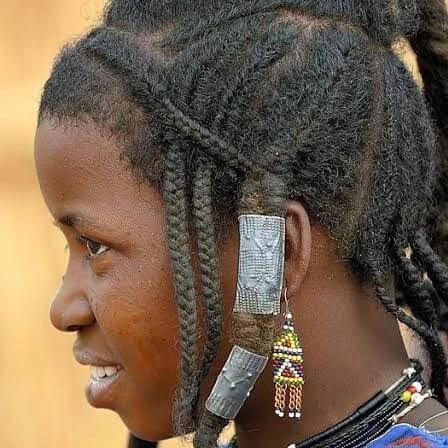
Fulani braids are made by weaving the hair close to the scalp in various geometric patterns, creating fine, delicate, and tightly woven cornrows or braids. The central parting from the front of the head to the back is one of the defining features of Fulani braids, dividing the hair into two sections and serving as the foundation for the braiding pattern. The use of decorative elements such as beads, cowrie shells, and metallic jewellery sets Fulani braids apart.

- Threading
Threading has a rich history in Nigeria, dating back centuries. It is a popular method of hairstyling that’s used to keep the hair neat and tidy. This technique involves creating intricate patterns on the hair using thread. The thread is tied around small sections of the hair, and varying the size and spacing of the knots creates different patterns.
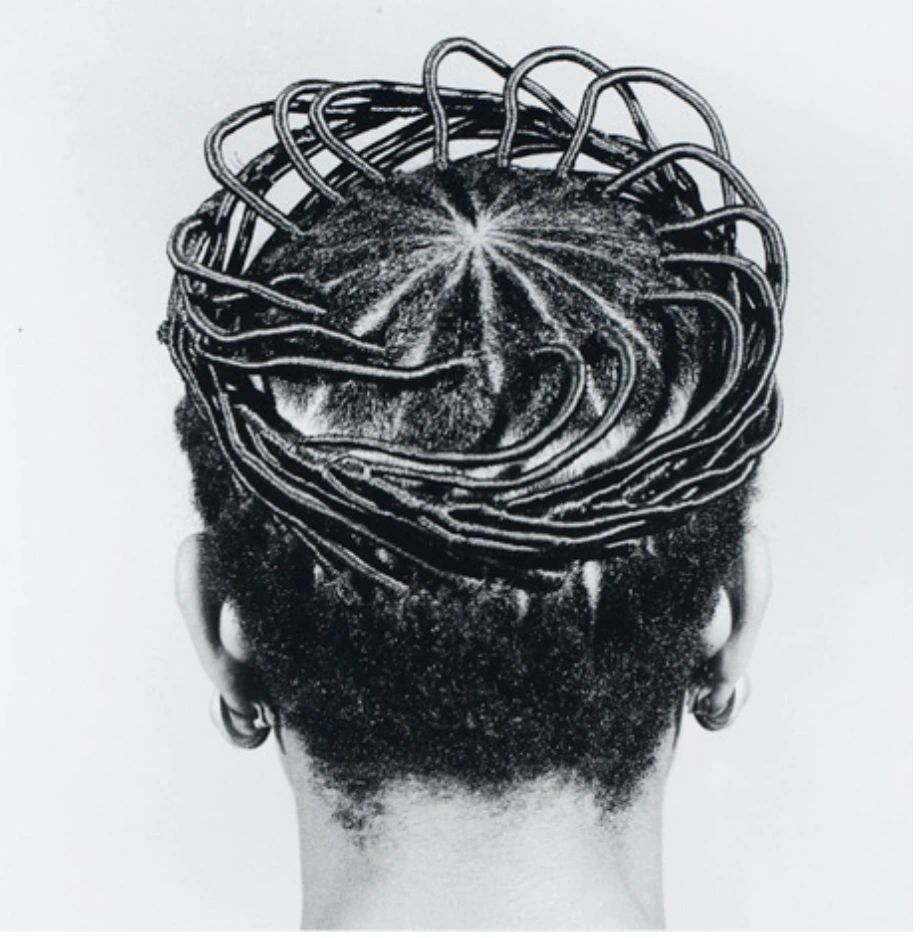
Threading can be used to create simple or elaborate hairstyles. This style is still widely popular in Nigeria and many other parts of Africa, and its popularity is spreading to other parts of the world. Threading is a versatile and beautiful hairstyle that is enjoyed by people of all ages and cultures.

- Amasunzu
The people of Rwanda, both Tutsi and Hutu, wear a traditional hairstyle called the Amasunzu. This hairstyle is characterised by two buns placed on each side of the head, which are created by tightly braiding the hair into coils and wrapping them around each other. The Amasunzu was worn by both men and unmarried women to indicate to potential suitors that they were of marriageable age and single.

Men who wore this hairstyle were considered powerful, noble, and brave, and it was a symbol of prestige, especially among men. Although the Amasunzu has fallen out of fashion in recent years, it gained popularity once again when Lupita Nyong’O wore it to the premiere of Black Panther.

These hairstyles are a testament to the rich and diverse culture of Africa, and they continue to be worn and celebrated today. They are a way to connect with our culture and heritage, and they are also a way to express our individual style. African hairstyles are a beautiful and diverse part of the world’s cultural heritage.



